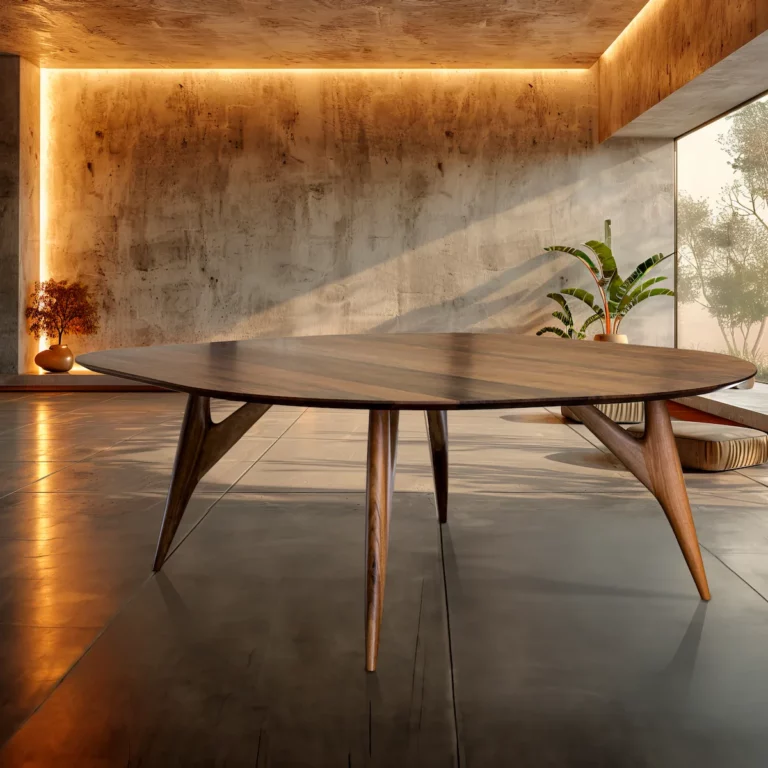

Table of Contents
ToggleHave you stained your wooden table and don’t know how to fix it? You’re not alone.
As designers and manufacturers of furniture, we have seen and heard it all when it comes to keeping wooden tables in perfect condition. Tables are the heart of our homes, where many daily activities take place, and for this reason, they are most prone to stains and damage.
In this article, we will guide you step-by-step on how to clean wooden furniture and remove stains, focusing on simple but effective remedies.
We will address the main issues, such as stains caused by liquids, food, heat, ink, and other external agents, providing you with detailed solutions for each type of stain.
Discover how to protect and enhance your designer furniture, keeping it always shining and ready to face daily life.
Wooden tables can be made from different materials, each with its own unique characteristics and benefits. Knowing these types will help you choose the table best suited to your needs and maintain it properly.
When choosing a wooden table, it is essential to consider not only aesthetics but also functionality and maintenance. With this information, you will be able to make an informed choice that will enhance your home and last over time.
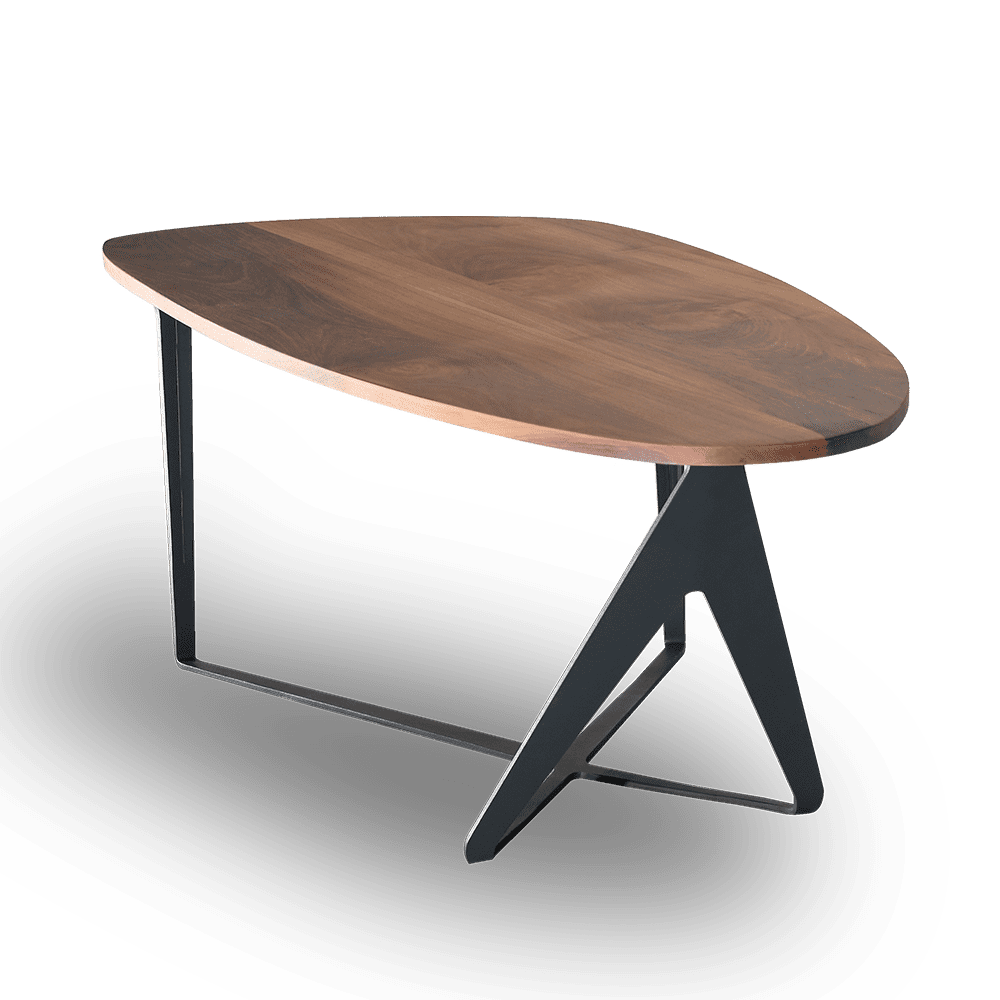
This is the king of materials for furniture. Solid wood is durable, long-lasting, and offers a natural, rich look that other materials cannot match. Each solid wood table is unique, thanks to its natural grain and knots. Additionally, solid wood can be sanded and polished over the years, allowing you to remove any scratches and restore the table to its original beauty.
For other types of wood, you always need to consider whether it is worth restoring or not.
If you want a high-quality table without the cost of solid wood, this is an excellent option. Plywood is made up of layers of cheaper wood, covered with a thin veneer of precious woods like walnut or mahogany. This type of table offers great stability and strength while still maintaining a luxurious appearance.
This option is often chosen for more economical furniture. Particleboard is made from small pieces of wood pressed together and then covered with veneer. While not as durable as solid wood or plywood, it still offers good value for money and can look nice, especially with a high-quality finish.
These are engineered materials created to emulate the look of solid wood without the same costs. They consist of several layers of wood and other substances, making them very strong and stable. They are ideal for those seeking a sustainable and durable option.
One of the main challenges in removing a stain is knowing the type of treatment and finish applied to your wooden table.
Recognizing by eye whether the finish is acrylic, natural, or synthetic can be difficult, sometimes impossible.
Moreover, before the final finish, sealers and stains may have been applied, along with various chemical products, further complicating the choice of method to use for stain removal.
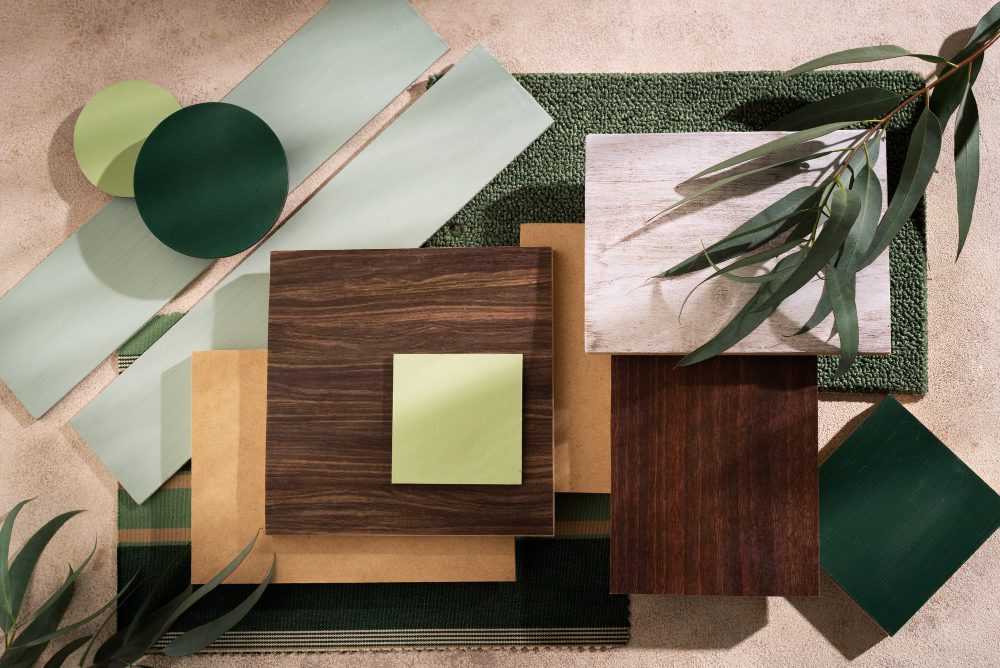
There is no single solution to clean wooden furniture and removing stains, as each chemical or natural product reacts differently depending on the wood and finish. This is why it is essential to proceed gradually:
Test the product: Always try a stain removal product on a hidden part of the table, such as underneath, even if it is not stained.
Scrub correctly: Always follow the grain of the wood or blot the stain, avoiding circular movements. This helps prevent abrasions that could change the texture of the varnish.
There are different types of finishes for wooden tables, each with its own characteristics and benefits:
How to choose the right finish for your table?
Consider the daily use of the table and the environment it is in. If your table is often subject to food and drink stains, an acrylic or synthetic finish might be the best choice.
If you prefer a more natural look and are willing to do regular maintenance, natural finishes might be perfect for you.
Identifying the causes of stains is the first step to preventing and clean wooden furniture effectively. Understanding the causes of stains will help you better protect your table and keep it always shining.
Most stains on wooden tables are caused by liquids and food. Beverages like coffee, wine, and fruit juice, if not cleaned immediately, can penetrate the finish and leave persistent stains. Clean wooden furniture from oily foods or foods with intense pigments, like tomato sauce, can be very difficult.
Placing hot pots, tea cups, or coffee directly on the table can cause heat stains, recognizable by the whitish patches they leave on the wood’s surface. These stains result from heat condensation penetrating the finish. In this case, to clean wooden furniture, you will need to use a completely different method.
Clean wooden furniture from ink and marker stains is particularly problematic, especially if you have children who use the table for drawing. If not removed quickly, these stains can penetrate deeply into the finish, making their removal much more complicated.
Even external factors such as humidity, sunlight, and insects can contribute to the formation of stains on wooden tables. Humidity can cause mold and water stains, while prolonged exposure to sunlight can discolor the wood and cause solar stains. Insects, finally, can leave small marks or stains on the wood. Even in this case, you will need to experiment to find the most suitable method to clean wooden furniture.
Preventing stains is possible by following some simple precautions:
Have you ever thought that cleaning wooden furniture requires different treatments depending on the type of stain? Knowing the remedies for specific stains is essential to keep your table beautiful and in excellent condition.
Generic stains are among the most common and can come from numerous factors such as food, beverages, or simply accumulated dust and dirt. Here’s how to prepare an effective cleaning solution to remove these stains without damaging your wooden table.
Materials needed:
Steps:
To clean wooden furniture more deeply, you can use a solution made of water, lemon, liquid Marseille soap, and half a teaspoon of olive oil. This treatment is effective but not aggressive and does not compromise the beauty of your table. Use a soft microfiber cloth with this solution and dry with a cotton cloth.
Always remember to respect the wood grain during cleaning to avoid abrasions.
Have you ever accidentally placed a hot pot or a cup of coffee on your wooden table, leaving those annoying whitish patches? These heat stains are caused by heat condensation penetrating the wood’s finish.
Fortunately, there are several effective methods to eliminate them and restore your table to its original splendor.
Remember, whichever method you choose, it is important to always test the product first on a hidden part of the table to avoid any damage.
Cleaning wooden furniture from pen and marker stains can be a real nightmare, especially if they have had time to penetrate the wood’s finish. The key to removing them is to act quickly.
If you can intervene immediately, you will have a better chance of completely eliminating the stain. Here’s how to proceed effectively.
Step 1: Generic Stain Method
Start by using the generic stain method described earlier. Prepare a solution of warm water and a teaspoon of neutral soap (like dish detergent). Use a soft cloth to gently blot the stain, working from the outer edge towards the center. This method is gentle and often sufficient for superficial stains.
Step 2: Using Ethyl Alcohol
If the generic stain method does not work, you can try using ethyl alcohol, but be very careful. Alcohol is very effective in removing pen and marker stains, but it can also dissolve the varnish on raw wood and cause further damage. For this reason, it is crucial to test the alcohol first on a hidden part of the table to see how the finish reacts.
With these methods, you will be able to clean wooden furniture and remove even the most stubborn pen and marker stains. Remember to act quickly and use alcohol with caution to protect your valuable wooden table.
Have you accidentally spilled coffee on your wooden table and now have a stubborn stain? Don’t worry, with the right steps you can remove it and clean the wooden furniture effectively. Coffee stains can be difficult to eliminate, but with a little patience and the right methods, your table will look as good as new.
Step 1: Try with a Detergent
Start by trying to remove the stain with a gentle detergent. Prepare a solution with warm water and neutral soap (like dish detergent). Use a soft cloth to blot the stain, working from the outer edge towards the center. This method may be sufficient for recent and less penetrated stains.
Step 2: Mixture of Water and Baking Soda
If the stain persists, switch to a stronger but still gentle method for the wood:
Even in this case, always make sure to perform a preliminary test before applying the mixture to the entire stain, testing it on a hidden area of the table to ensure it does not damage the finish. After removing the baking soda paste, dry the area well with a dry cloth to prevent water from causing further stains.
With these steps, you can effectively remove coffee stains from your wooden table, maintaining its beauty and integrity.
Have you ever thought of using common ingredients like oil and salt to remove stains from wood? This traditional method has been used since ancient times for its effectiveness and simplicity. Oil and salt work together to absorb and lift stains from the wood, keeping the surface clean and intact.
Steps:
With this simple but effective remedy, you can keep your wooden table always shining and stain-free. The use of oil and salt not only removes stains but also helps nourish and preserve the natural beauty of the wood.
Cleaning wooden kitchen furniture requires a specific approach depending on the type of wood and finish. There is no single solution, as the furniture can range from glossy to matte surfaces, rich in grain or uniform, and can be either antique or modern. However, one of the most effective and versatile remedies is the use of vinegar.
Vinegar is an excellent ally in cleaning wooden furniture. A solution of water and vinegar is ideal for smooth surfaces that need to be polished, cleaned, and sterilized. To prepare this solution, mix equal parts of warm water and white vinegar in a bowl.
Immerse a chamois cloth in the solution, wring it out well, and gently wipe the wooden furniture. This solution effectively removes dirt and grease, leaving the furniture clean and shiny.
It is important to thoroughly dry the surface with a dry cloth after cleaning to prevent moisture from damaging the wood.
To clean wooden furniture that shows surface scratches or damaged parts, you can add baking soda to the water and vinegar solution. Baking soda acts as a light abrasive, smoothing the more damaged parts and eliminating shallow scratches.
Mix equal parts of warm water and white vinegar, then add a teaspoon of baking soda. Immerse a chamois cloth in the solution, wring it out well, and apply it to the wooden furniture with gentle circular movements. Baking soda helps remove surface imperfections without damaging the wood.
After cleaning the furniture, rinse the surface with a damp cloth to remove any baking soda and vinegar residues. Dry well with a dry cloth.
When it comes to cleaning wooden furniture, it is crucial to know what to avoid to prevent damaging the finish. Do not interfere with the finish is the golden rule.
Every finish, whether acrylic, polyurethane, or water-based, can be easily damaged by certain chemical products. Here is a list of what to never use:
By following these tips, you can protect your wooden furniture and ensure it remains in excellent condition for many years. Remember, less is more when it comes to chemical products: rely on natural remedies for safe and effective cleaning.

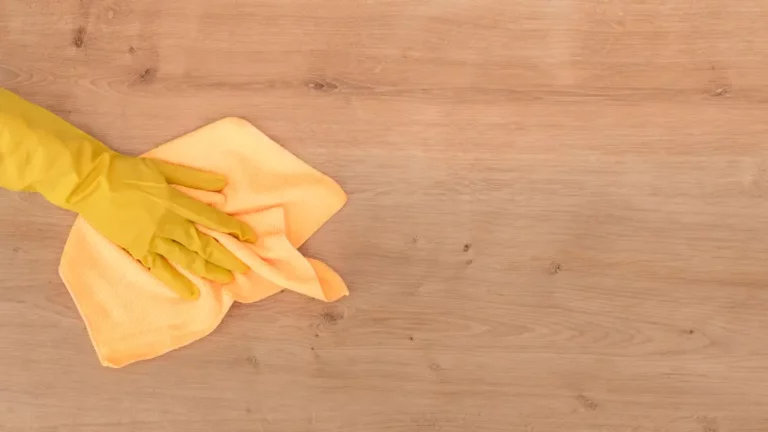
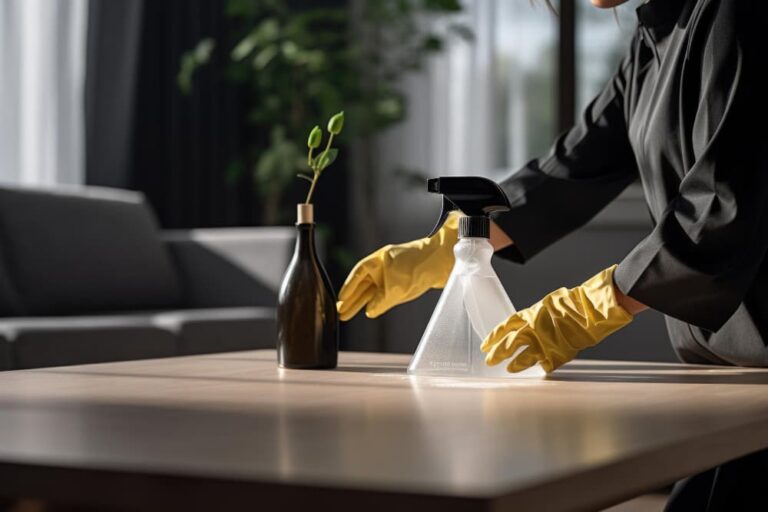
Copyright 2023 Greyge – Contact– Chi siamo – Mauro Falomi – Telefono: +39 3384511793 – P.iva IT12874801009 – Reg. imprese RM 1678638 – Pec maurofalomi@pec.greyge – E-Mail info@greyge.com – Via Ludovica Albertoni n.90 00152 Roma (RM) – Italia – Privacy e cookie – Refund & Return Policy